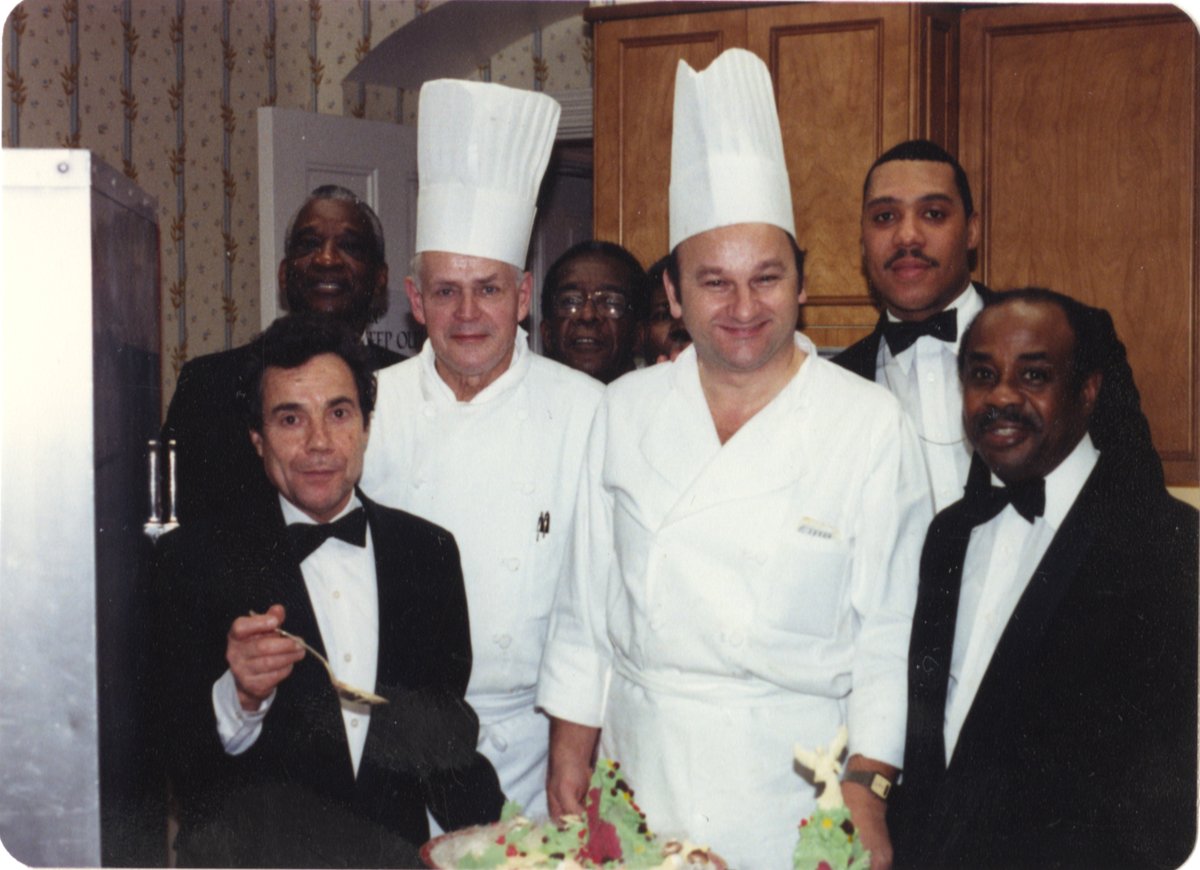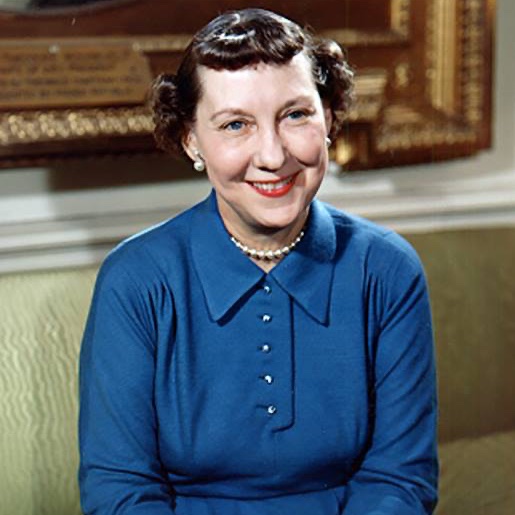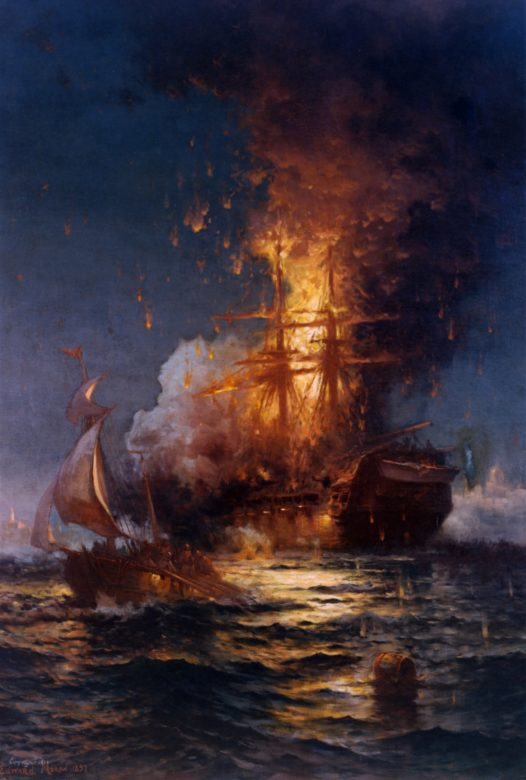Week 5 of our #WhiteHouseHistoryWednesday series looks at the dedication and skills of the White House staff, from butlers, florists, chefs, and more. Read the Resource Packet – The White House at Work #DistanceLearning: bit.ly/2S5jlSd 

For this week’s #AnywhereActivity, get a taste of a White House dessert with a cookie recipe from former White House Executive Pastry Chef Roland Mesnier #DistanceLearning #Baking: bit.ly/3eGz0B8 

If you loved the Peanut Butter Cookie Filled with Jelly recipe from the #AnywhereActivity, then check out Chef Mesnier’s books available in our shop: bit.ly/3axqelS 

• • •
Missing some Tweet in this thread? You can try to
force a refresh





















